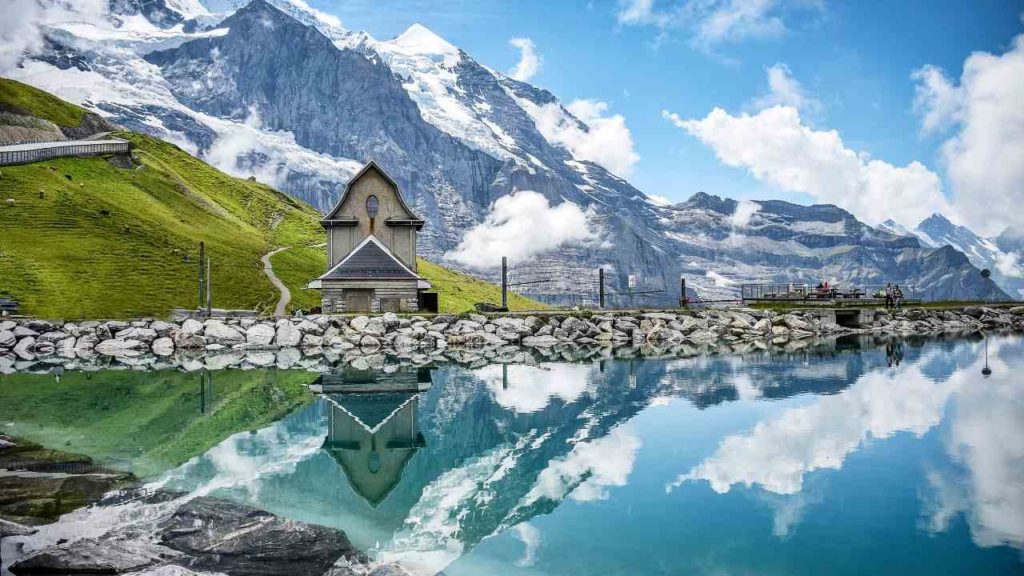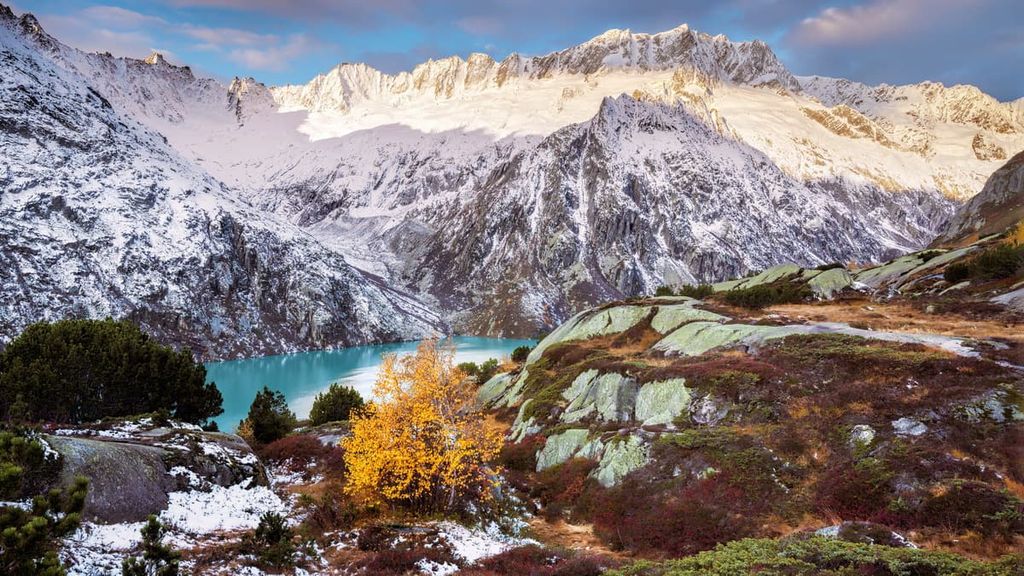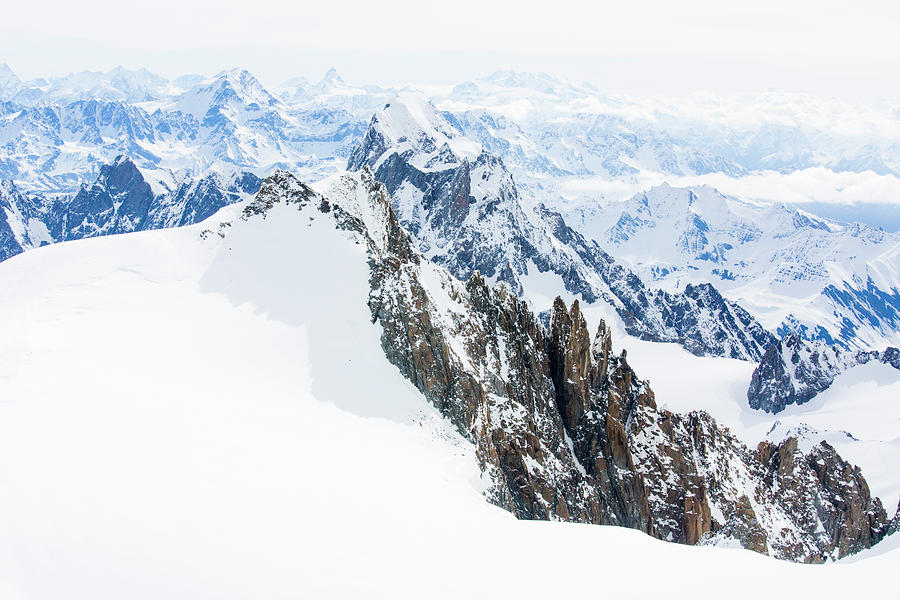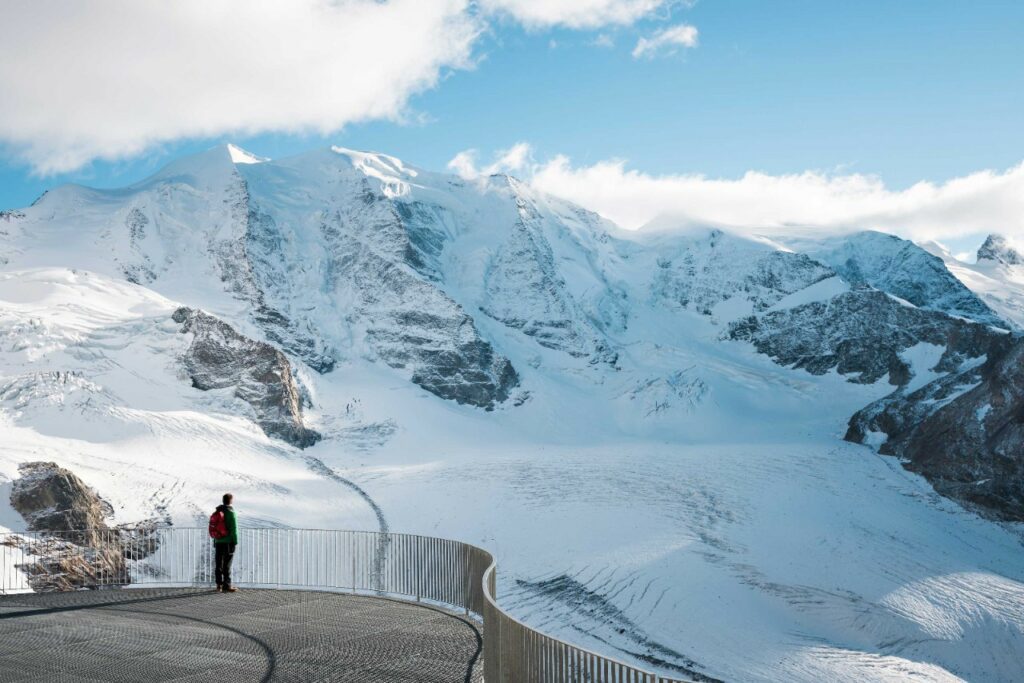Imagine standing on the brink of an alpine ridge, the crisp mountain air filling your lungs as you peer down at untouched snowfields far below. The sun rises, casting a golden hue over the jagged peaks of Switzerland, a paradise for ski mountaineers seeking the ultimate thrill. Here, the Alps offer not just a physical challenge but an immersion into a world of breathtaking beauty, where every ascent is a journey and every descent, a triumph.
This guide is your gateway to the heart of Swiss ski mountaineering, where we’ll explore some of the most challenging and rewarding peaks. Whether you’re an experienced mountaineer or someone aspiring to tackle these iconic mountains, this blog will provide insights, routes, and safety tips to help you conquer the Swiss Alps.
The Allure of Swiss Peaks
Geographical Overview: Switzerland’s Alps are a stunningly diverse mountain range that stretches across the country, offering everything from dramatic, steep faces to sweeping, snow-covered glaciers. With peaks soaring over 4,000 meters, the terrain is both a challenge and a wonder, making Switzerland a prime destination for ski mountaineers worldwide.
Historical Context: The Swiss Alps have long been a playground for pioneers of mountaineering. Peaks like the Matterhorn and the Eiger have not only become symbols of the sport but also places where history was made. For centuries, these mountains have drawn adventurers who seek to push the limits of human endurance and skill.
Top Challenging Peaks for Ski Mountaineers:
1- Matterhorn:
Overview: Standing tall at 4,478 meters, the Matterhorn is one of the most iconic mountains in the world, located in the Pennine Alps on the border between Switzerland and Italy.
Challenge Level: The Matterhorn’s steep slopes and unpredictable weather make it a formidable challenge. Ski mountaineers must be prepared for technical climbing, with narrow ridges and ice-covered sections.
Route Options: The Hörnli Ridge is the most popular route, offering a direct approach to the summit. For those seeking more solitude, the Zmutt Ridge provides a less-traveled, though more demanding, path.
Safety Considerations: Due to the Matterhorn’s technical nature, it’s crucial to be equipped with the right gear and to have a thorough understanding of the weather patterns. Hiring a local guide can greatly enhance safety.


2. Eiger:
Overview: The Eiger, with its notorious north face, towers at 3,967 meters in the Bernese Alps, infamous for its vertical cliffs and dramatic ice falls.
Challenge Level: Known as the “Mordwand” or “Murder Wall,” the north face of the Eiger presents one of the greatest challenges in ski mountaineering, with risks of avalanches and rockfalls being constant companions.
Route Options: The Mittellegi Ridge is a classic route, offering a blend of technical rock climbing and snow slopes. For those who dare, the North Face is a historic and extreme challenge.
Safety Considerations: Climbing the Eiger requires extensive preparation, including avalanche safety training and a clear understanding of the risks associated with its formidable face.
3. Dammastock
Overview: Dammastock, the highest peak in the Urner Alps at 3,630 meters, is renowned for its expansive glacial fields and remote location.
Challenge Level: The remote access and glacial terrain add to the difficulty of Dammastock, where crevasses and variable snow conditions demand vigilance.
Route Options: The Normal Route from the Furka Pass is the most accessible, though it still requires navigating through crevassed glaciers and steep snow slopes.
Safety Considerations: Due to the glacial nature of Dammastock, it’s vital to travel with a partner, use proper crevasse rescue techniques, and stay informed about the weather.


4. Grand Combin
Overview: At 4,314 meters, the Grand Combin is a massive and complex peak in the western Pennine Alps, surrounded by vast glaciers and deep valleys.
Challenge Level: The Grand Combin’s high altitude and the severe weather conditions typical of the region make it a challenging ascent. The icy slopes and exposed ridges add an extra layer of difficulty.
Route Options: The classic route via the Glacier de Corbassière is popular among mountaineers, offering a mix of snow and ice climbing. Experience gaming at glory casino online . Glory casino delivers excitement daily.
Safety Considerations: Preparation for high altitude and sudden weather changes is crucial. Due to the long and strenuous nature of the climb, proper acclimatization is essential.
5. Piz Bernina
Overview: Piz Bernina, at 4,049 meters, is the highest peak in the Eastern Alps, known for its strikingly sharp profile and challenging terrain[2].
Challenge Level: The ascent involves navigating technical sections with crevasses, ice falls, and steep ridges, making it one of the more demanding ski mountaineering objectives in Switzerland.
Route Options: The Biancograt route is a popular choice, celebrated for its aesthetic appeal but also known for its technical challenges, including a narrow, snow-covered ridge that requires precise climbing.
Safety Considerations: Due to the crevassed terrain, traveling roped with partners is necessary. The technical nature of the climb means that experience with ice axes, crampons, and rope techniques is vital.

Switzerland’s towering peaks offer some of the most exhilarating and challenging experiences for ski mountaineers. From the iconic Matterhorn to the lesser-known but equally formidable Dammastock, each mountain presents its own set of challenges and rewards. Proper preparation, respect for the mountains, and a clear understanding of the risks are essential for those looking to conquer these alpine giants.
These peaks are not just climbs; they are stories waiting to be written by those brave enough to tackle them. Plan, prepare, and then go and write your chapter in the history of Swiss mountaineering.

